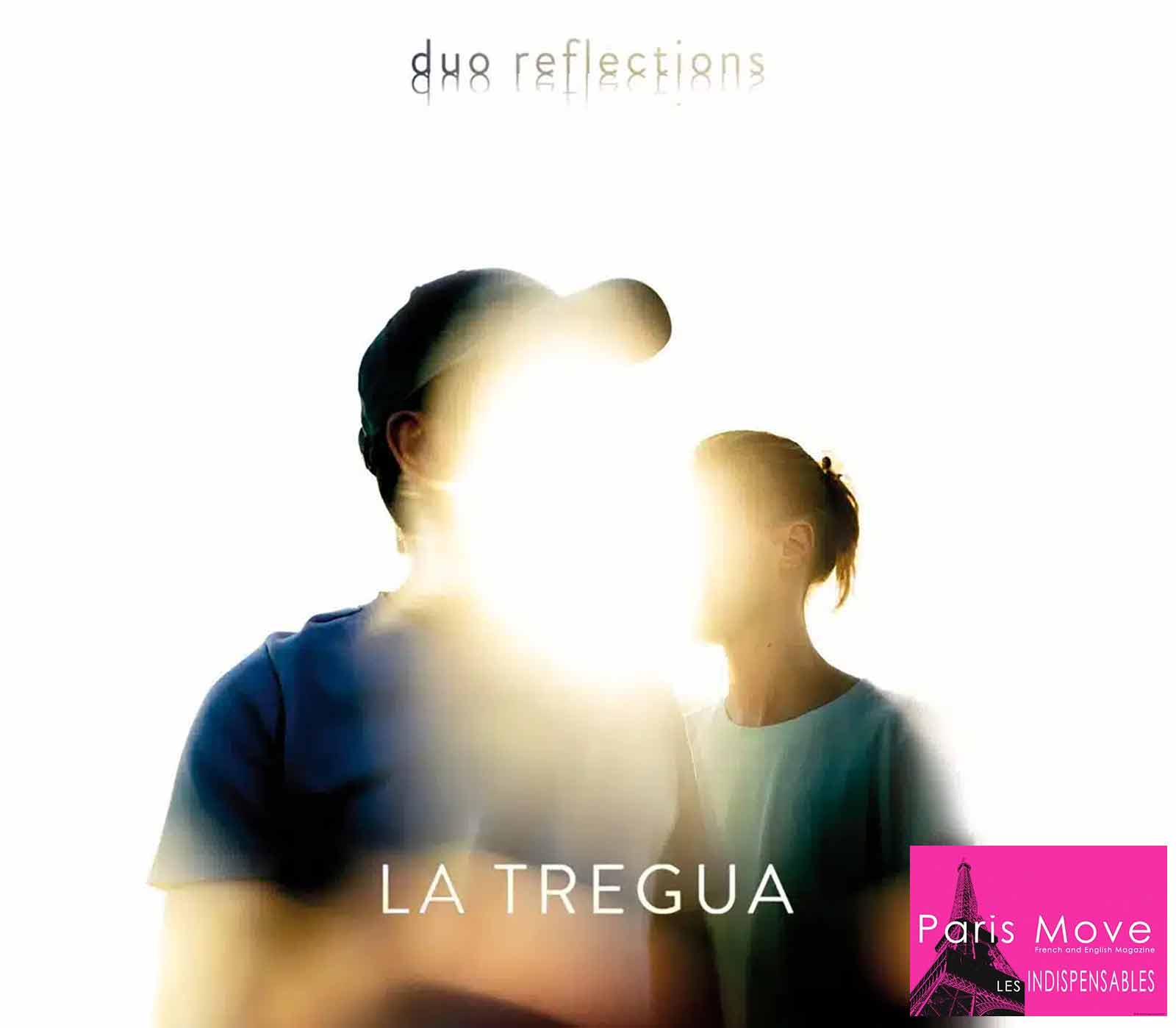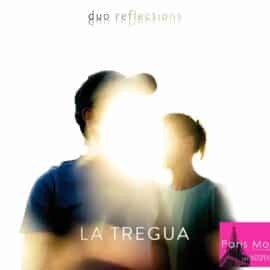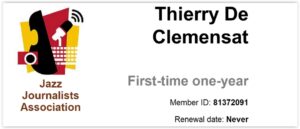| Jazz |

La Tregua: When a Guitar and Piano Learn to Speak the Same Language.
Some records arrive as a collection of songs. Others arrive as an argument, a statement of belief about what music can be. La Tregua, the new collaboration between guitarist Leandro Lopez-Nussa and pianist Sylvain Rey, belongs firmly to the second camp. It is not quite jazz, not quite classical, not quite “world music” in the diluted sense the label often implies. Instead, it is something stranger, riskier, and more rewarding: a hybrid form that draws from all three traditions and then bends them into a new dialect, at once ancient and futuristic, intimate and vast.
From the opening measures, it feels as though Lopez-Nussa and Rey are building a grammar from scratch. Their exchanges hang in the air, silences treated as notes, rhythms unfurling like rituals. From classical music they inherit a command of restraint, how to work with silence, how to make space part of the composition itself. From world traditions they borrow pulse and color: Afro-Latin cadences, Mediterranean memory, modal inflections that drift eastward. From jazz, they retain the essential restlessness: the willingness to risk, to converse rather than soliloquize, to shape uncertainty into beauty.
On paper, their partnership might have looked domed to imbalance. Piano and guitar often compete for the same harmonic ground. One is massive and percussive, capable of swallowing a room. The other is fragile, private, often fighting to be heard. But Lopez-Nussa and Rey take this tension and make it central. What could have been a duel becomes dialogue. What might have sounded like contradiction becomes complement. In their hands, the guitar shifts roles effortlesslysometimes a character, sometimes scenery, sometimes the piano’s own interior voice.
Their musical language has roots. The two first recorded together in 2020, revisiting jazz standards with an ear for transformation. But La Tregua pushes far beyond that experiment. Here, they shed the familiar scaffolding of the repertoire and build an entirely original world. The result is music both expansive and disciplined, grooves that whisper rather than shout, harmonies of real sophistication, improvisations that feel engineered as much as discovered.
The musicians’ biographies shape this project as much as their techniques. Lopez-Nussa, born in Bologna in 1989, is heir to a celebrated Cuban musical dynasty. Music was the air around him before it was a conscious choice. His father put a guitar in his hands at 13; from there, he pursued a path that balanced academic rigor, degrees in musicology, formal jazz studies, with the visceral vitality of Afro-Cuban traditions. His sound carries both: the precision of European craft and the burn of Caribbean rhythm.
Rey, born in Toulouse in 1996, represents another lineage: a generation of French musicians raised in the shadow of the Marciac Jazz Festival, where international giants regularly converge with local players. He came to the piano early and to jazz in his school years, later studying at the conservatory in Agen and in musicology at Toulouse before earning a jazz pedagogy degree in 2018. Along the way, he absorbed lessons from French masters such as Denis Badault and Jean-Marc Padovani. His playing today is exploratory but grounded, an embrace of tradition as a springboard toward the unknown.
Together, they aim not for polish but for truth. To record La Tregua, they chose austerity: one day in the studio, one reel of analog tape, a single stereo microphone. No edits, no overdubs, no digital sheen. What you hear is exactly what happened: two musicians locked in dialogue, responding moment to moment, every breath, hesitation, and surge of energy intact. The result is raw and immediate, yet deliberate, like a rough sketch that somehow arrives finished, a poem captured in its first draft.
This is not an easy listen. The music demands patience, context, a willingness to inhabit its architecture. Its writing is dense, almost literary, with a poetic undertow. At times the album feels cinematic, unspooling wide landscapes like a slow tracking shot. Elsewhere it is painterly, harmonies laid down like brushstrokes. Sometimes it is sculptural, chiseling silence and duration into form. Improvisation here is never a flourish but always a structure, narrative, disciplined, precise.
The images it calls forth are equally vivid. A clock that marks time with delicate inevitability. Nature reclaiming the city. A stream threading through the woods, striking stones into rhythm. Then suddenly, a trace of Italian song floating above a Roman piazza, or the ghost of a dry fountain that speaks through absence as much as through memory. The record never insists on meaning but makes all of it possible, provided the listener is willing to close the eyes and listen.
What makes La Tregua remarkable is its refusal to compromise. It seeks neither labels nor trends, neither quick accessibility nor marketable polish. It is the work of two artists who trust each other, and trust their audience to follow them into uncharted space. That trust is rewarded. Each listen reveals new layers, subtle details, fresh seams of beauty embedded in the music’s very structure.
In the end, La Tregua is less a record than an experience. It offers a truce, not between genres, but between expectation and surrender. Accepting it means stepping into a fragile, luminous equilibrium where guitar and piano, tradition and invention, rigor and imagination coexist. The music doesn’t just speak; it teaches us a new language, one phrase at a time.
Thierry De Clemensat
Member at Jazz Journalists Association
USA correspondent for Paris-Move and ABS magazine
Editor in chief – Bayou Blue Radio, Bayou Blue News
PARIS-MOVE, August 27th 2025
Follow PARIS-MOVE on X
::::::::::::::::::::::::
Musicians :
Sylvain Rey | Piano
Leandro López-Nussa | Guitar
Track Listing:
Aube
La Tregua
Juan & John
Zythum – Sylvain Rey
Fo’ Blue
En las Nubes
For Karl
Bobado
L’ami de Rasputin

